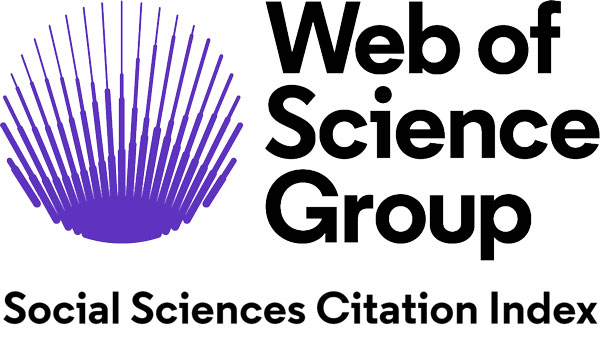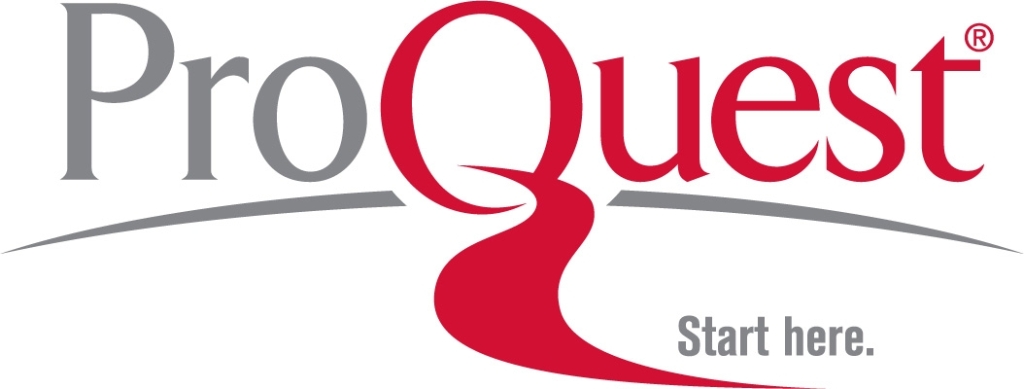Abstract
In addition to demonstrating the validity of mathematical propositions through proof, it also reveals functions such as explanation, discovery, systematization, and communication. It is essential to utilize all proof functions to transform it into a meaningful and profound mathematical activity in classrooms. Since mathematical proof and reasoning are social processes, teaching proof at the middle school level, particularly in demonstrating its importance and necessity, is influenced by certain norms. Therefore, teachers' consideration of proof's functions and the social and socio-mathematical norms supports students' reasoning processes. In this context, this study aims to reveal the functions of proof, social and socio-mathematical norms, and the relationship between these functions and norms within a learning environment that enables students to solve proof problems through interaction. The study participants comprised 7th-grade students attending a public middle school in the Central Anatolia Region. Since uncovering proof functions and establishing norms require long-term interaction in an authentic learning environment, the teaching experiment method was adopted in this study. The findings were presented by analyzing the video and audio recordings and worksheets obtained from the 12-week teaching process. The study results revealed that the classroom community developed shared norms regarding discussion, problem-solving, justification, and collaboration. These social and socio-mathematical norms guided students' participation in discussions and enhanced the quality of their contributions. Additionally, the study revealed that norms and functions of proof were intertwined in dialogues and that the norms across different themes and the functions of proof were interconnected. In the study, it was determined that the norms in the themes of discussion and collaboration mainly supported the communication function of proof, while the norms in the themes of justification and problem-solving mainly supported the verification, explanation, discovery, and systematization functions of proof. It is recommended that studies focus on the social aspect of proof to demonstrate how social and socio-mathematical norms and the functions of proof support each other at different grade levels.
Keywords
DOI: http://dx.doi.org/10.15390/EB.2025.12938







